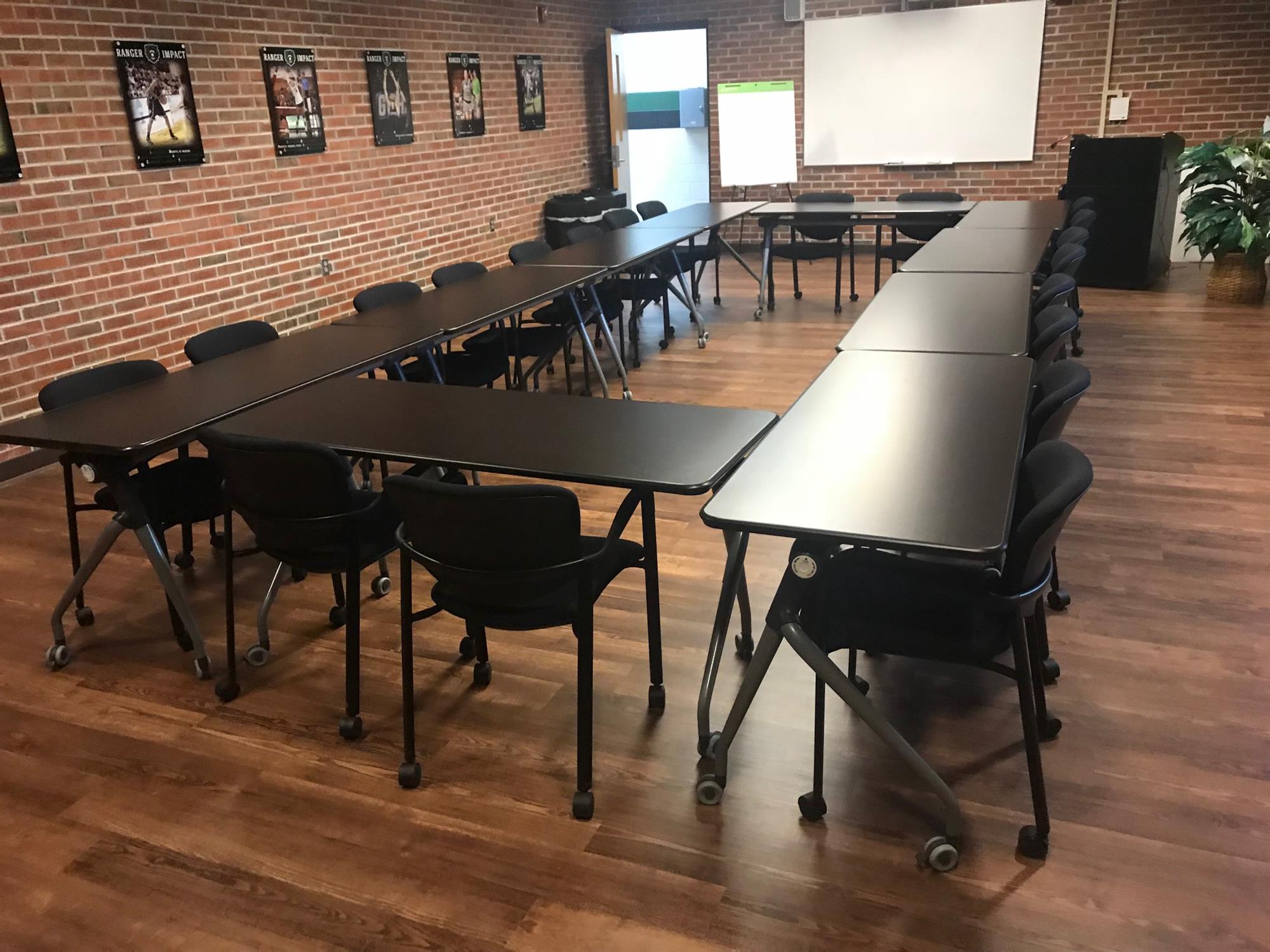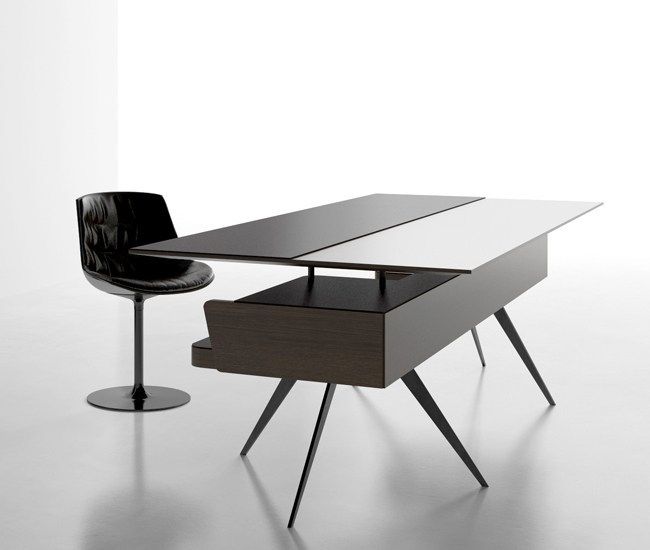Introduction: The Battle Against Rust on Outdoor Furniture
Outdoor furniture is vulnerable to the elements, and one of the most common issues faced by homeowners is rust formation, particularly on metal pieces. Rust not only detracts from the beauty of outdoor furniture but can also compromise its structural integrity if not addressed promptly. This article explores various effective methods for removing rust, ensuring your outdoor furniture remains in pristine condition and extends its lifespan.
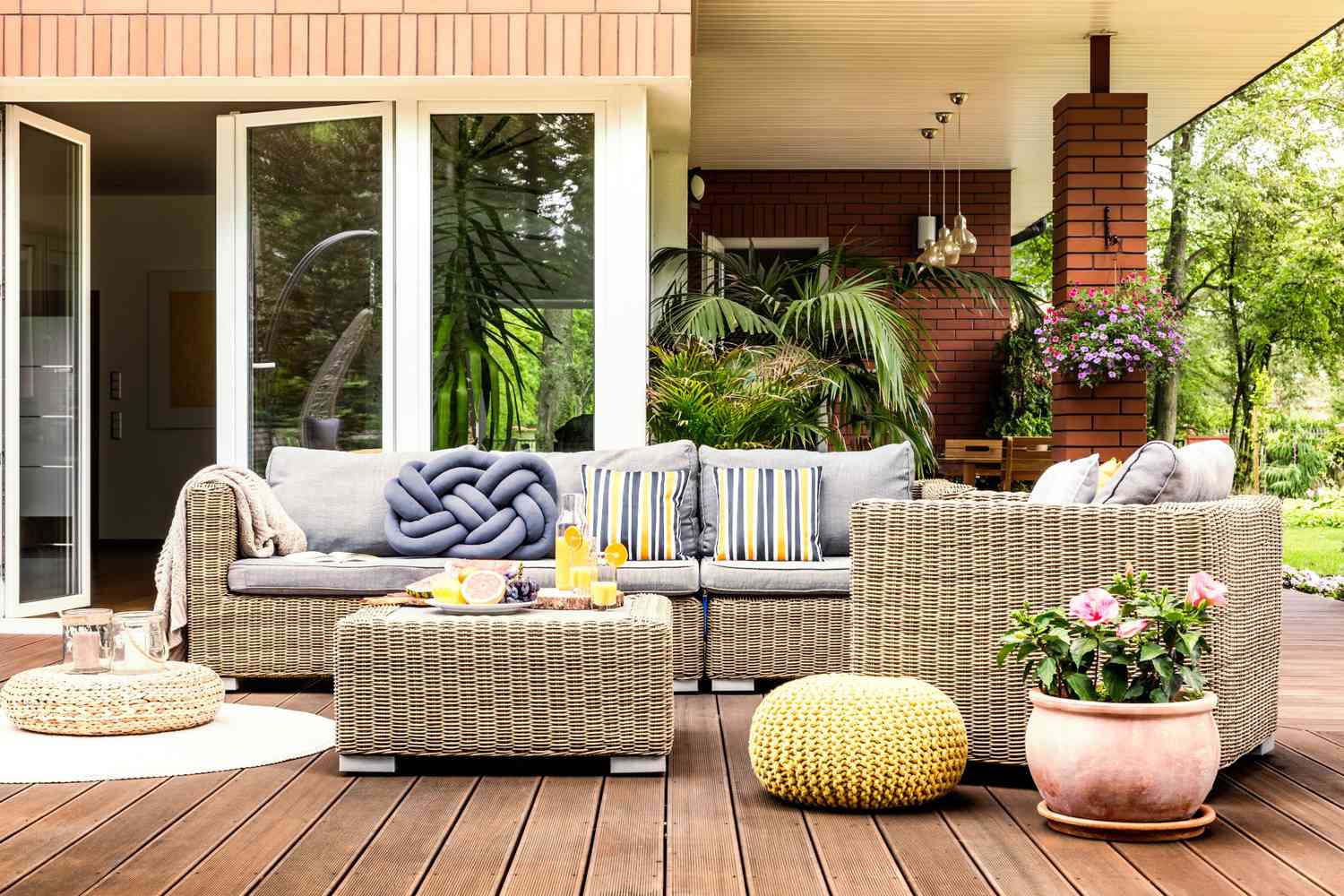
Understanding Rust: What Causes It?
Before delving into removal techniques, it’s crucial to understand what rust is and why it occurs. Rust is the result of a chemical reaction between iron, oxygen, and moisture. Outdoor furniture, especially those made from iron or steel, is particularly susceptible when exposed to humid or wet conditions. Understanding this process is the first step toward effective prevention and removal.
Chemical Rust Removers: Quick and Effective Solutions
Chemical rust removers offer a straightforward solution for tackling rust. These products contain active ingredients designed to dissolve rust, making them an ideal choice for significant rust issues or when manual removal methods prove too labor-intensive. However, it’s essential to use these chemicals with caution, following the manufacturer’s instructions closely and wearing protective gear to avoid harm to your skin or the environment.

Natural Remedies: Eco-Friendly and Gentle
For those seeking a more environmentally friendly approach, several natural remedies can effectively remove rust. White vinegar, for example, is highly acidic and can dissolve rust without the need for harsh chemicals. Similarly, a mixture of baking soda and water creates a paste that can be applied to rusted areas, offering a gentle yet effective removal method. These natural solutions are not only safer for the environment but also protect the finish of your furniture.
Mechanical Methods: Scrubbing and Sanding
Mechanical removal methods, such as scrubbing with a wire brush or sanding with sandpaper, provide a direct approach to rust removal. These techniques are particularly useful for large, flat surfaces and can be very effective in removing superficial rust. However, they require a fair amount of elbow grease and can be time-consuming for extensive rust issues or intricate furniture designs.
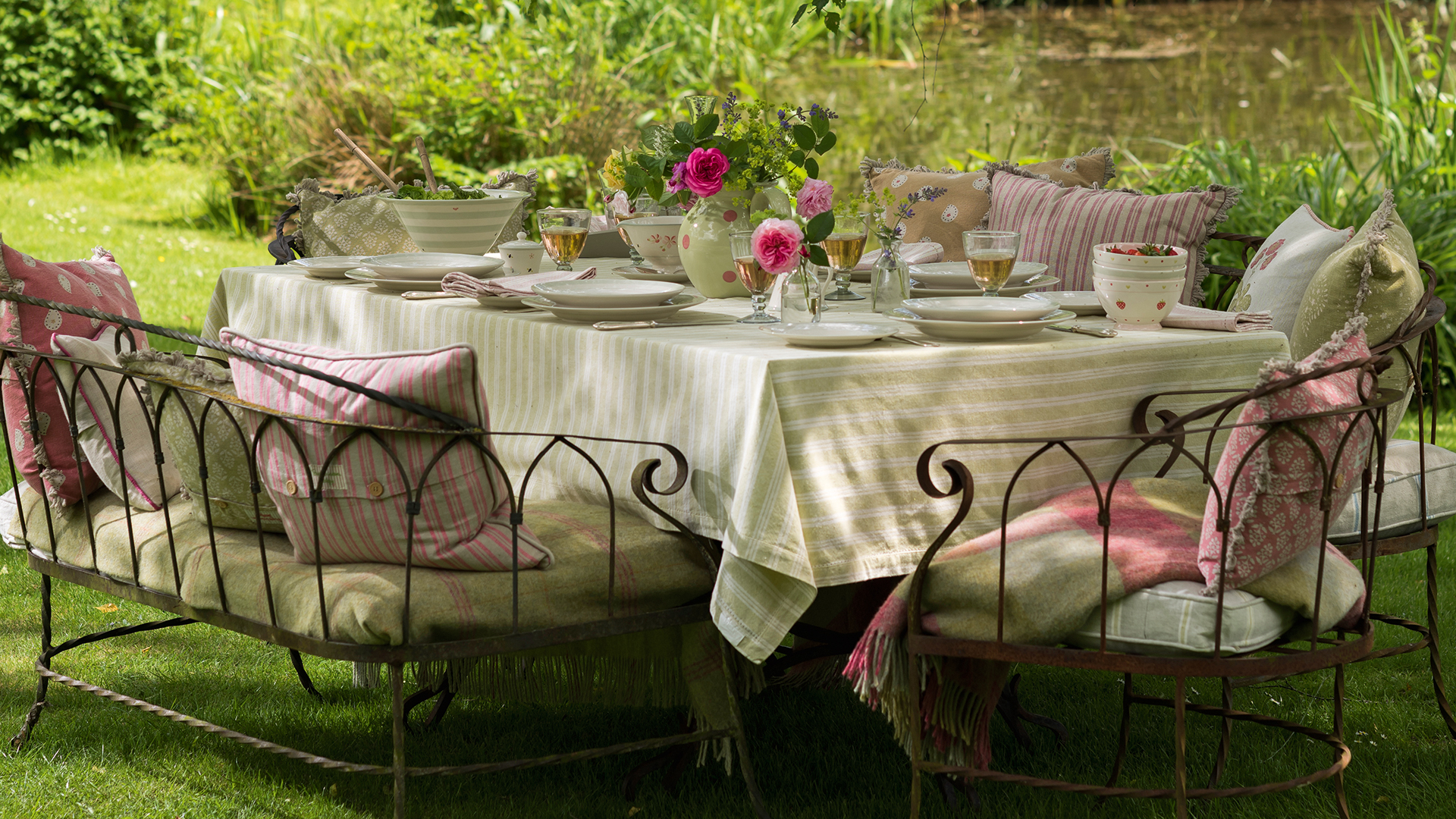
Protective Measures: Preventing Rust Formation
Prevention is key to ensuring the longevity of your outdoor furniture. Applying a coat of protective paint or rust inhibitor can significantly reduce the likelihood of rust formation. Additionally, regular maintenance, including cleaning and drying your furniture after exposure to moisture, can prevent rust from taking hold. Investing in protective covers for your outdoor furniture during inclement weather or when not in use can also be highly beneficial.
Professional Restoration: When to Call in the Experts
In some cases, the extent of rust damage may be beyond the capabilities of DIY methods. Professional restoration services can address severe rust issues, ensuring your furniture is not only aesthetically pleasing but also safe to use. Professionals have access to specialized tools and techniques that can effectively restore your furniture to its former glory.
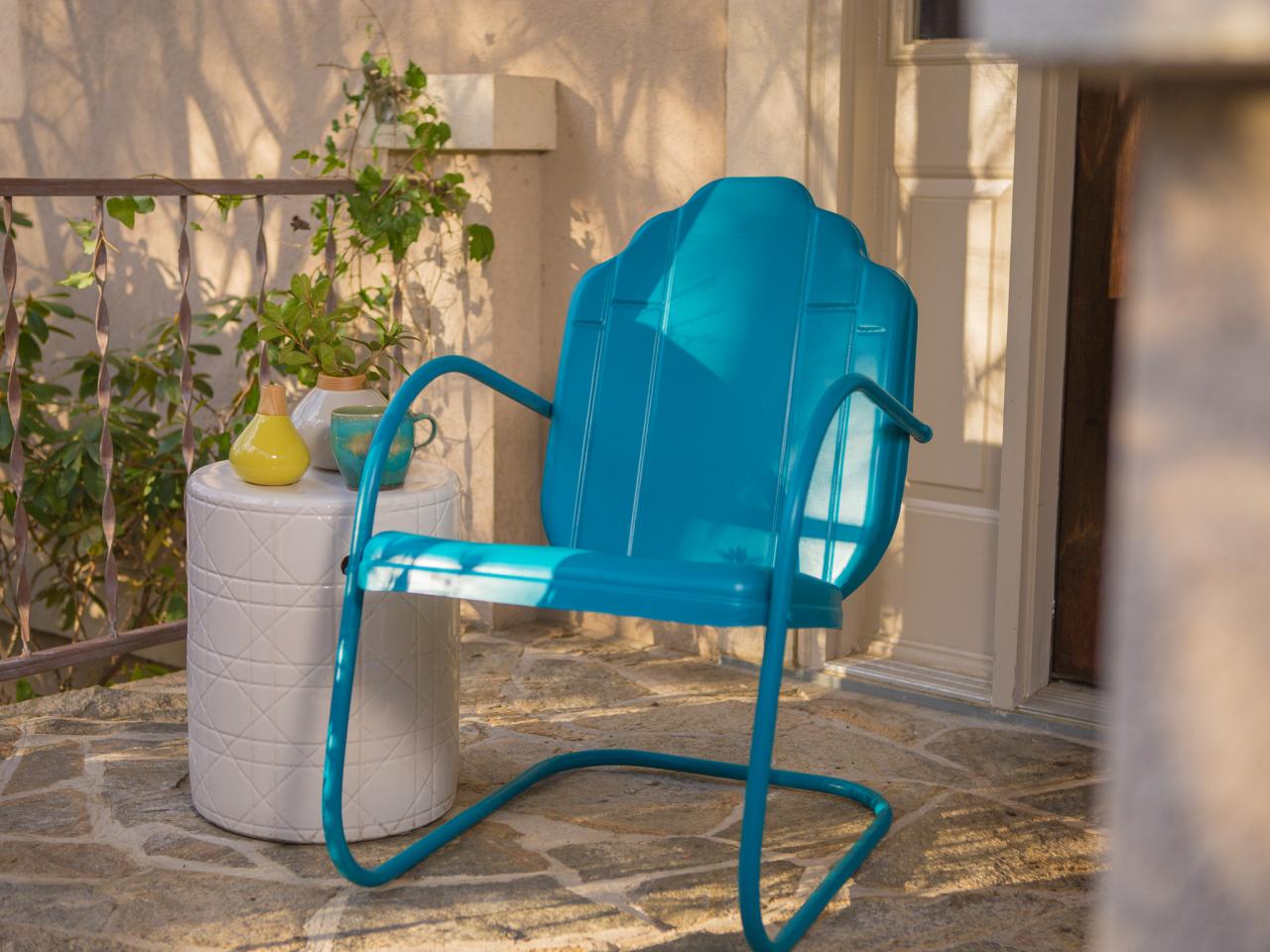
Conclusion: Maintaining the Beauty and Integrity of Outdoor Furniture
Rust can significantly impact the aesthetics and durability of outdoor furniture, but with the right approaches, it can be effectively managed and prevented. Whether opting for chemical treatments, natural remedies, or mechanical methods, regular maintenance and protective measures are essential in combating rust. For severe cases, professional restoration may be the best course of action. By understanding the causes of rust and implementing effective removal and prevention strategies, you can ensure your outdoor furniture remains beautiful and functional for years to come.
Chemical Rust Removers: Quick and Effective Solutions
Chemical rust removers are highly effective for tackling stubborn rust stains on outdoor furniture. These products typically contain active ingredients such as phosphoric acid or oxalic acid, which work by dissolving the rust and converting it into a water-soluble compound that can be easily wiped away. To use a chemical rust remover, simply apply the product to the rusted areas according to the manufacturer’s instructions, ensuring complete coverage. Allow the solution to penetrate the rust for the specified amount of time, then scrub the area with a stiff-bristled brush or abrasive pad to loosen the rust. Finally, rinse the furniture thoroughly with water to remove any residue.
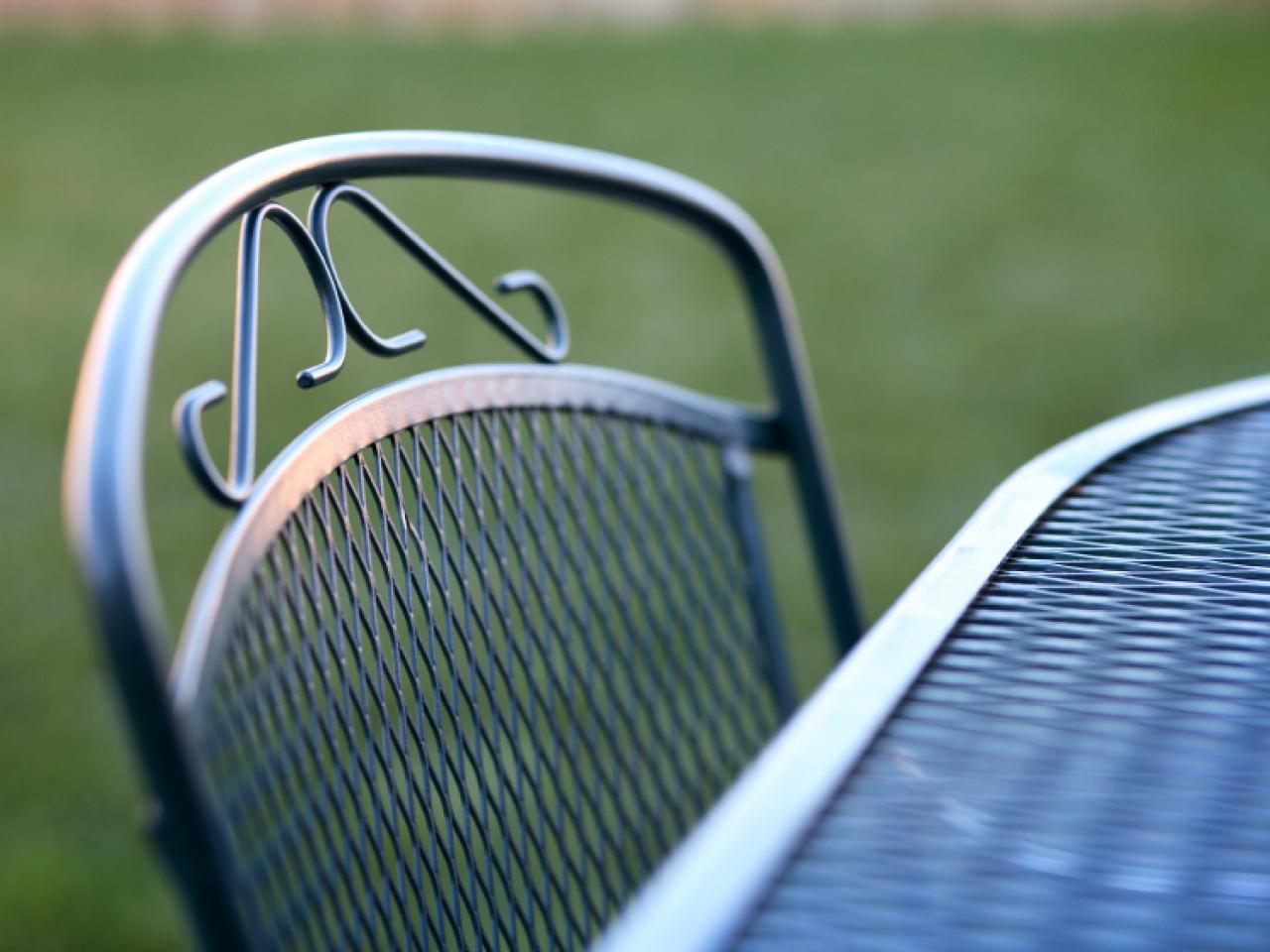
Natural Remedies: Eco-Friendly and Gentle
If you prefer a more eco-friendly approach to rust removal, several natural remedies can be highly effective. White vinegar, for example, is a mild acid that can effectively dissolve rust without causing damage to the underlying metal. To use vinegar for rust removal, soak a cloth or sponge in undiluted white vinegar and apply it directly to the rusted areas. Allow the vinegar to sit for several hours or overnight to penetrate the rust, then scrub the area with a brush or abrasive pad to remove the loosened rust. Alternatively, a paste made from baking soda and water can be applied to rusted surfaces and left to sit before scrubbing with a brush and rinsing thoroughly.
Mechanical Methods: Scrubbing and Sanding
For stubborn rust stains or heavily corroded surfaces, mechanical methods such as scrubbing and sanding can be highly effective. Using a wire brush, abrasive pad, or sandpaper, gently scrub the rusted areas in a circular motion to loosen the rust and reveal the underlying metal. Be sure to use caution when using abrasive tools to avoid damaging the surface of the furniture. Once the rust has been removed, wipe the surface clean with a damp cloth to remove any residue and prevent further corrosion. For larger surfaces or intricate designs, consider using a rotary tool with a wire brush attachment for more precise control.
Protective Measures: Preventing Future Rust Formation
After removing rust from your outdoor furniture, it’s essential to take steps to prevent future corrosion and protect the metal from environmental damage. Applying a rust-inhibiting primer and a coat of rust-resistant paint or enamel can provide a protective barrier against moisture and oxidation. Be sure to choose a paint specifically designed for outdoor use and follow the manufacturer’s instructions for application. Additionally, consider investing in furniture covers or storing your outdoor furniture indoors during periods of inclement weather to minimize exposure to moisture and humidity. Regular maintenance, including cleaning and inspecting your outdoor furniture for signs of rust, can help identify and address any potential issues before they escalate.
Conclusion: Maintaining the Beauty and Longevity of Outdoor Furniture
Removing rust from outdoor furniture requires time, effort, and the right techniques, but the results can be well worth it. Whether you opt for chemical rust removers, natural remedies, or mechanical methods, taking proactive steps to address rust stains and prevent future corrosion can help maintain the beauty and longevity of your outdoor furniture. By incorporating regular maintenance and protective measures into your outdoor furniture care routine, you can ensure that your furniture remains in excellent condition for years to come, allowing you to enjoy your outdoor space to the fullest.






